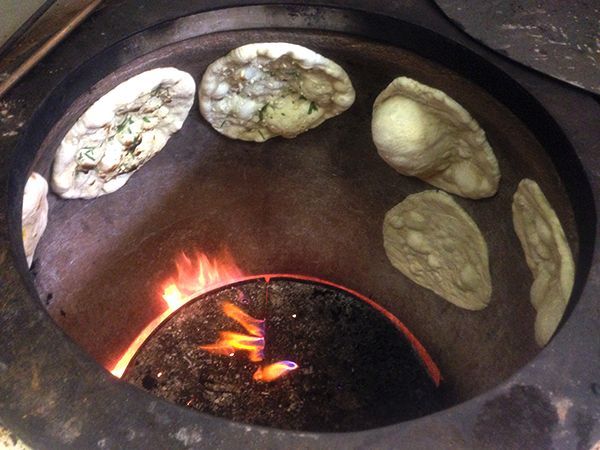History of Clay Tandoors
Cooking in clay
tandoor began with the nomadic tribes in the of central South America and was
brought to India by its Mughal rulers. Archaeologists have found tandoor
remains dating from 2000 B. C. comparable time as the building of the pyramids!
So, think about enjoying these authentic cuisines at your home with CSAs
Clay Oven Gas Certified Canada.
Originally devised for cooking bread, the high
flaming heat, as well as the moisture-retaining properties of the clay tandoor
range, make it equally effective for cooking meat and fish. Today with Certified Gas Burner
Tandoori Oven in Canada it has become one of
the most popular cooking methods.
In spite of
their classical roots and complete simplicity, the clay tandoor produces
startlingly combined results and presents delightful smoky flavors to
ingredients with a superb blend of spices in the deliciously prepared dishes.
Dishes in
clay tandoor cook with direct warmth rising from the lot, a process similar to
that of a barbecue. The hot clay wall space of the tandoor, prepare bread in a
way similar to griddling or Skillet-roasting. Beaming heat in the middle of a
clay tandoor cooks dishes which fallouts similar to the convection baking. And
smoke, which occurs as the marinade and various meats juices drip onto the
coals, adds fragrance and flavor. But more than just marinating, the key is to
make the taste exceptionally good with clay tandoor! Ingredients cooked in a
clay tandoor are marinated, usually twice, in special perfumed yogurt marinades
to taste and tenderize.
Some of these marinades have more than 30 ingredients
in them! The marinated various meats or fish are then threaded onto concocted
skewers, lowered into the tandoor oven and cooked at temperatures as high as
350-degree Celsius. The chicken cooked in a clay tandoor are generally moister
and more tender than those cooked by any other method. Additionally, they have
a special earthy aroma absorbed from the clay-based lining of the oven. The end
results are dishes filled with complicated flavors you just cannot duplicate at
home.
As always,
thanks for reading and don’t hesitate to contact us with any questions – we’re
here to help!




Comments
Post a Comment